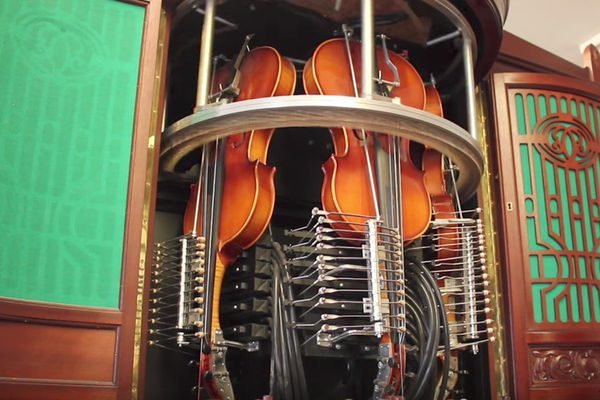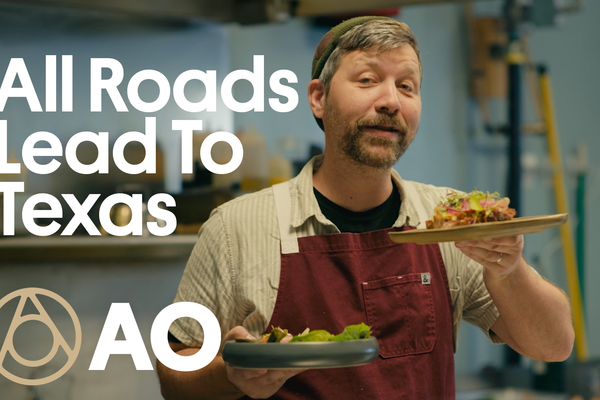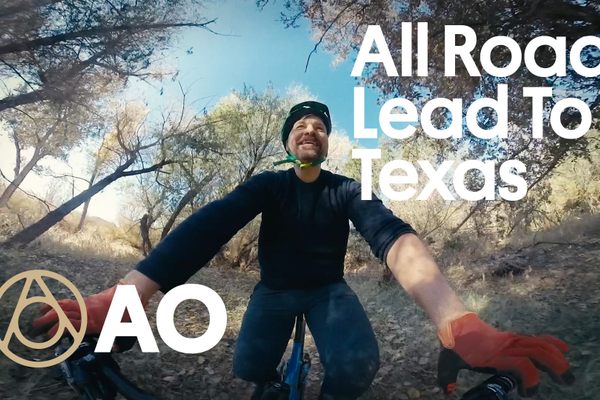Watch Early Rotoscoping Turn Cab Calloway into the Ghost of a Walrus
Simultaneously eerie, cute, jazzy, and artistic.
This Fleischer Studios cartoon from 1932 opens on a live-action shot of Cab Calloway and his band, with the bandleader performing his iconic boogie.
The toon takes its name from one of Calloway’s most popular songs, “Minnie the Moocher.” Minnie, played by Betty Boop, is a depressed flapper who can’t bring herself to eat her immigrant parents’ food. Like so many angsty teens she hatches a plan to run away because they’re “not so sweet,” and makes her escape with her puppy friend, Bimbo. Betty and Bimbo don’t make it very far before they’re frightened by shadows in the forest, so they take refuge in a cave. It’s here that they’re met by Cab Calloway himself—sort of.
Max Fleischer (who created Betty Boop, Koko the Clown, and Popeye cartoons) used rotoscoping, a technique he invented, to animate Calloway into the cartoon. First he filmed the bandleader performing his famous strut, then projected the film stills onto the back of a glass easel. On the other side of the easel, the animator then traced over over each frame, thus transforming Calloway from the dapper jazzman into a walrus specter. (Why a walrus? Unclear.)
Rotoscoping produced an uncanny result. While the dance troupe of skeletons wiggle their cartoon spaghetti limbs, the phantom bandleader moves in an eerily human manner. This, along with other creepy sights like ghosts impervious to electric execution and kittens that suck the life out of their own mother, drive Betty and Bimbo back to the safety of their own home.
A cautionary tale? Maybe. An impressive example of early cartooning? Definitely.
Every day we track down a Video Wonder: an audiovisual offering that delights, inspires, and entertains. Have you encountered a video we should feature? Email [email protected].
Update (9/22): We originally stated that Max Fleischer created Popeye. The character was created by Elzie Segar.






























Follow us on Twitter to get the latest on the world's hidden wonders.
Like us on Facebook to get the latest on the world's hidden wonders.
Follow us on Twitter Like us on Facebook